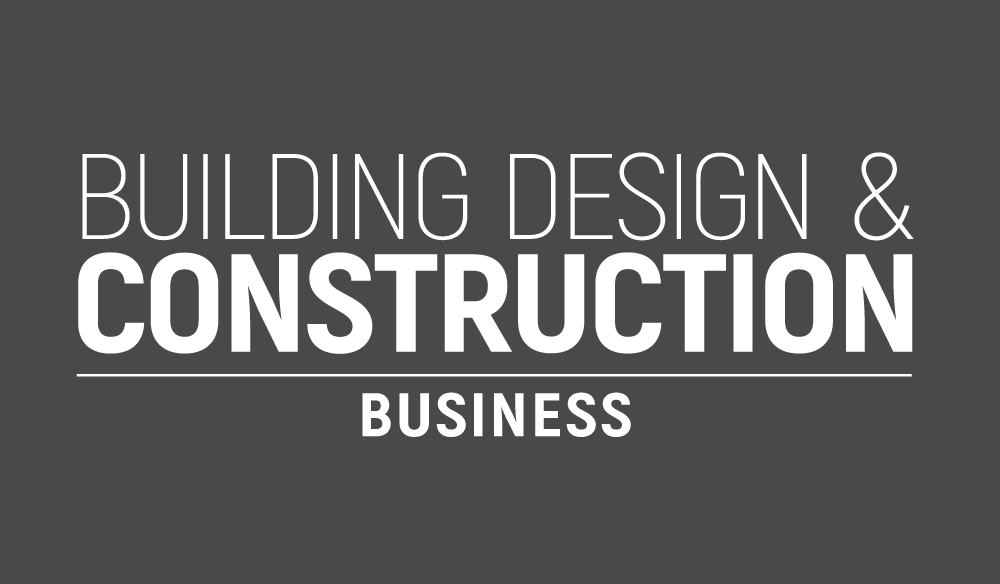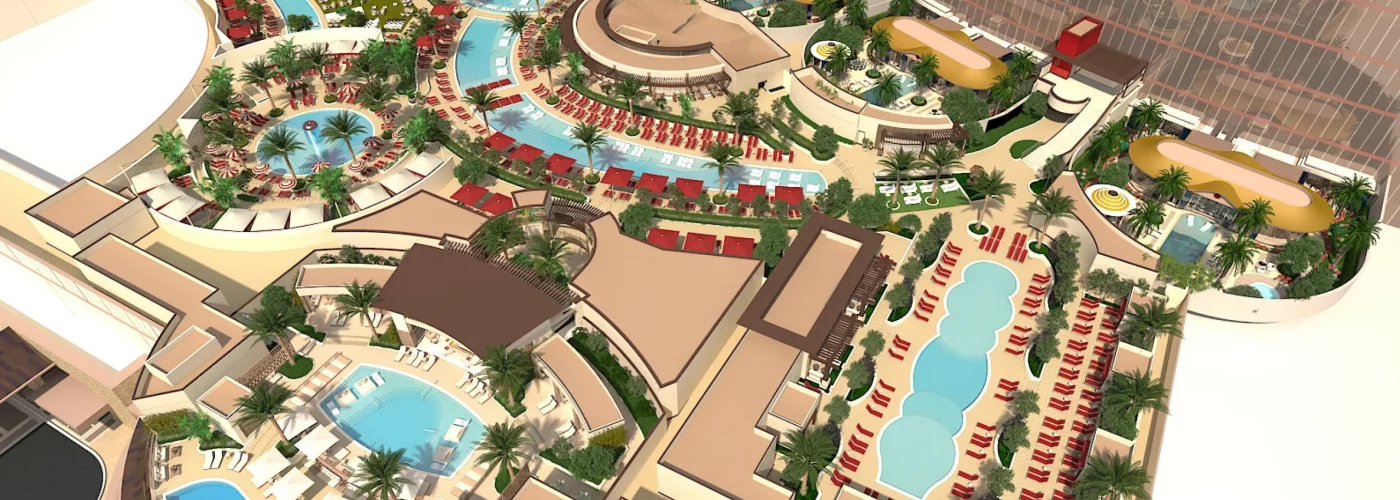Casino resorts are among the most ambitious construction projects in the world. From sprawling entertainment floors to luxury hotel towers, these sites demand not only huge financial backing but also precise planning and expert execution. The pressure is high: they must meet planning laws, satisfy tourism goals, and still deliver unforgettable visitor experiences. In both design and delivery, building a casino resort is far more than putting up a hotel with a few extra features.
High Stakes On and Off the Plans
Casino resorts aren’t just entertainment hubs, they’re highly engineered environments built to handle huge footfall, financial pressure, and regulatory scrutiny. From structural demands to zoning laws, the construction process is riddled with tight deadlines, high expectations, and little room for error.
Online casino platforms, on the other hand, face their own version of this complexity. For many players choosing a new casino, no ID verification are popular as they use blockchain systems to give users near-instant access without the usual ID checks. But that doesn’t mean they skip compliance. These platforms must still meet gambling regulations, follow data protection rules, and build trust through transparency. Much like a real-world resort, the success of a digital casino depends on its infrastructure, not just the front-end experience. Blockchain helps here, offering clear benefits like reduced fraud, faster transactions, and tamper-proof records. But just like with physical builds, the foundations need to be solid.
This crossover isn’t just conceptual, it reflects how both sectors are being shaped by user expectation. Whether it’s a seamless check-in at a resort or one-click play online, both physical and digital operators are under pressure to offer speed, trust, and security. As user expectations evolve, so do build requirements. Casino resorts today are being designed with the same goals driving digital platforms, instant access, trust, and smooth experiences, which means the construction process must now account for more than just structure and style.
Location, Location, and Local Politics
No casino resort gets off the ground without clearing plenty of hurdles. Planning permissions, environmental assessments, and infrastructure demands often stretch timelines and budgets. The cancelled EuroVegas project in Spain is a good example. Meant to rival Las Vegas in size, it collapsed under political pressure and local opposition despite the promise of job creation and foreign investment.
In contrast, South Korea’s Mohegan Inspire resort is nearing completion near Incheon Airport. It’s a multi-billion-pound project involving an entertainment arena, hotel, casino, and indoor water park. But because it’s open only to foreigners, developers also had to consider tourism access, international travel ties, and the domestic legal limit on gambling.
These projects aren’t just about breaking ground. They’re about whether the ground itself, both political and literal, can support the weight of the idea.
From Foundations to Features
Construction alone is complex. Casino resorts need everything from reinforced flooring to carry the weight of gaming machines, to elaborate air conditioning systems designed to move massive crowds without discomfort. The back-end of a casino floor is a maze of wiring, security infrastructure, and surveillance systems. Many require advanced HVAC setups to manage air quality and temperature around clocked-in guests.
The finishes matter just as much. These are not basic hotels, they are selling escapism. That means high-end materials, themed architecture, and a level of design that wouldn’t look out of place in a five-star urban skyscraper. The Sphere in Las Vegas, while technically an entertainment venue, is a powerful example of what it takes to push design limits: 15,000 tonnes of steel, custom-built LED panels, and a sound system engineered to deliver the same quality in every seat.
Time, Talent, and Technical Pressure
Deadlines are tight in the world of casino development. Often, licences and funding come with expiration clauses. Miss a key milestone, and the deal can fall apart. This adds pressure to already overextended contractors and consultants.
There’s also the challenge of assembling the right team. Architects must understand crowd movement as well as aesthetics. Engineers must plan for fluctuating power loads and constant surveillance demands. Even landscapers need to think differently; many casino resorts feature entire artificial environments designed to pull visitors in and keep them on-site.
Building for the Future
Casino resorts are not fading out. They’re expanding. Places like the UAE and Japan are now opening doors to regulated gambling zones for the first time. That means more opportunity, more competition, and more pressure to get these builds right, structurally, legally, and financially.
At the same time, the lines between gaming online and offline will keep getting thinner. Digital-first experiences are shaping what people expect in person, fast check-ins, app-based controls, loyalty programmes tied to crypto wallets. It’s no longer enough to offer a glossy room and a roulette wheel. The next generation of resorts may feel more like tech campuses with slot machines.
Construction firms and developers who understand this shift, who think beyond bricks and mortar and into the systems that support guest experience, will be the ones building the future of global gambling.





